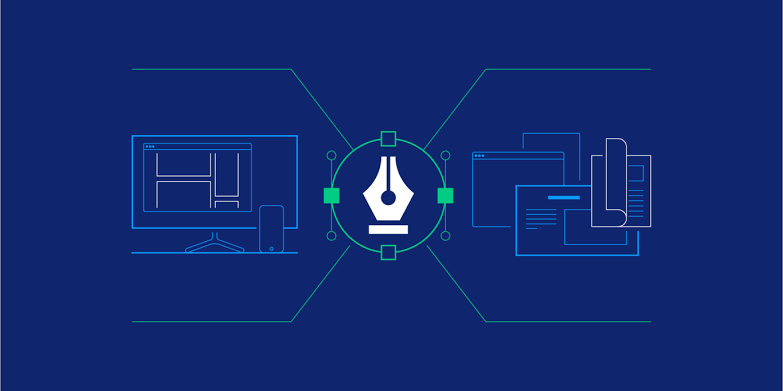
Have you ever wondered how to become a web designer? Have you ever stumbled upon a captivating website that left you in awe? A captivating website that offers you a seamless user experience with stunning visuals, and an intuitive interface, all meticulously crafted. If you have an eye for aesthetics, and a passion for technology, then you can become a web designer. In this blog post, we will embark on a creative journey together, exploring the steps and skills required to become a web designer.
Unleashing Your Creativity
First, web design is an exciting blend of art and technical expertise. Therefore, it requires a deep understanding of design principles, color theory, typography, and layout composition. But fear not, as creativity can be nurtured and cultivated within each of us. However, are you ready to unlock your creative potential and learn how to maximize it in the realm of web design?
Grasping the Basics
To begin your journey, it’s essential to lay a solid foundation of knowledge. Familiarize yourself with the fundamentals of HTML, CSS, and JavaScript which are the building blocks of web design. Generally, these languages form the backbone of every website. Thus enabling you to structure content, apply styling, and add interactive elements. Also, online tutorials, interactive courses, and coding boot camps are fantastic resources to help you gain proficiency in these core technologies.
Embracing Visual Design

Visual design involves the art of crafting appealing aesthetics that resonate with the target audience. Therefore, you must dive into the world of color psychology, understanding how different colors influence user behavior. Additionally, explore the world of typography, and experiment with various font combinations to create beautiful designs. Most importantly, develop an eye for balanced layouts, and pay attention to spacing, alignment, and hierarchy. This helps to guide users seamlessly through the interface.
Mastering User Experience (UX) Design

Web design goes beyond surface-level aesthetics. It also involves user experience, and focusing on creating intuitive and delightful interactions for website visitors. Therefore, put yourself in the user’s shoes and identify how to make their journey through the site effortless and enjoyable. Additionally, understand the principles of navigation design, and usability testing. This helps ensure your designs are user-centric and intuitive.
Building a Diverse Portfolio
As you gain knowledge and practical experience, start building a diverse portfolio that showcases your skills and creativity. Create your projects or collaborate with others to design websites, landing pages, and user interfaces. Remember, your portfolio is your digital résumé, a testament to your capabilities and a visual representation of your unique style. Therefore, ensure to curate and update it regularly as you embark on new design ventures.
Staying Ahead of the Trend
Web design is a dynamic field that constantly evolves with emerging trends and technologies. Therefore, to remain competitive, it’s crucial to stay updated with the latest design tools, frameworks, and industry best practices. Follow influential web design blogs, join design communities, and attend conferences. This helps you stay connected with fellow designers and expand your knowledge base. Besides, it helps you cultivate a growth mindset and embrace lifelong learning as you embark on this ever-evolving journey.
Becoming a web designer is a rewarding endeavor that allows you to blend your creativity with technical skills. By following the above guide, you’ll be well on your way to becoming a successful web designer.
At Albanny Technologies, we offer amazing solutions to bring your digital vision to life. Whether you need a stunning website or an intuitive user experience, our team of skilled designers is here to elevate your online presence. Contact us today and embark on your creative journey with Albanny Technologies.
